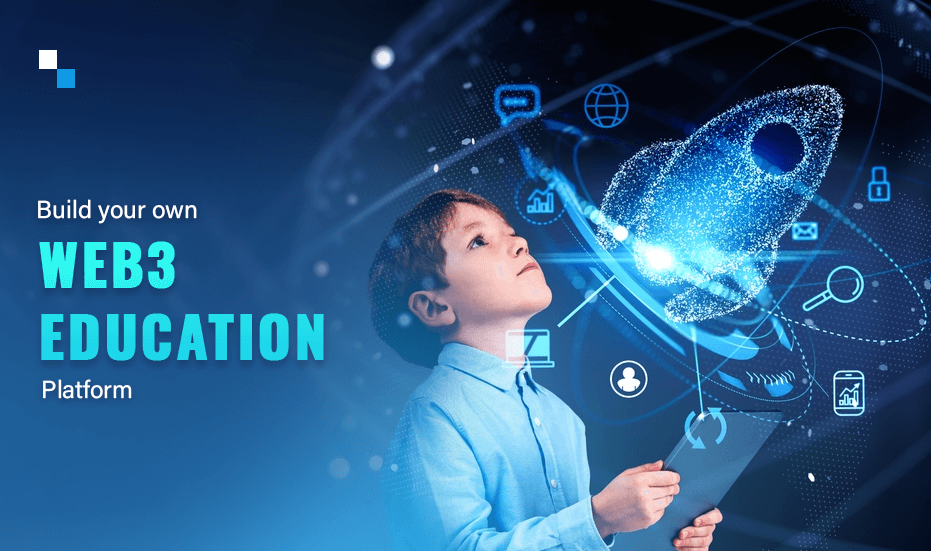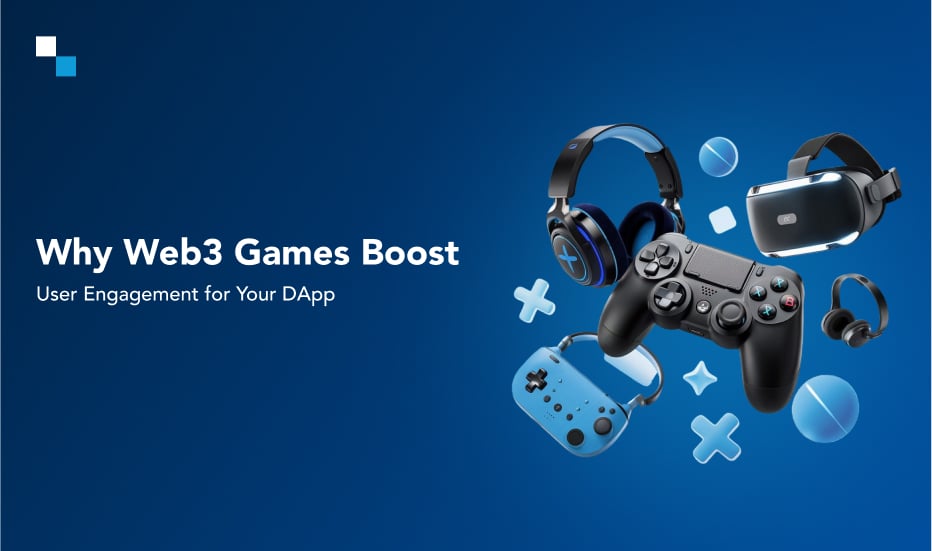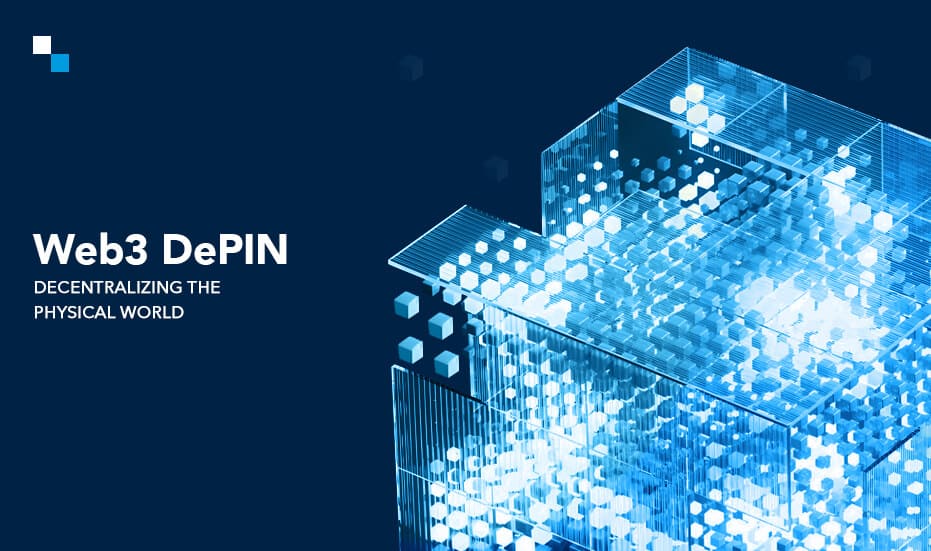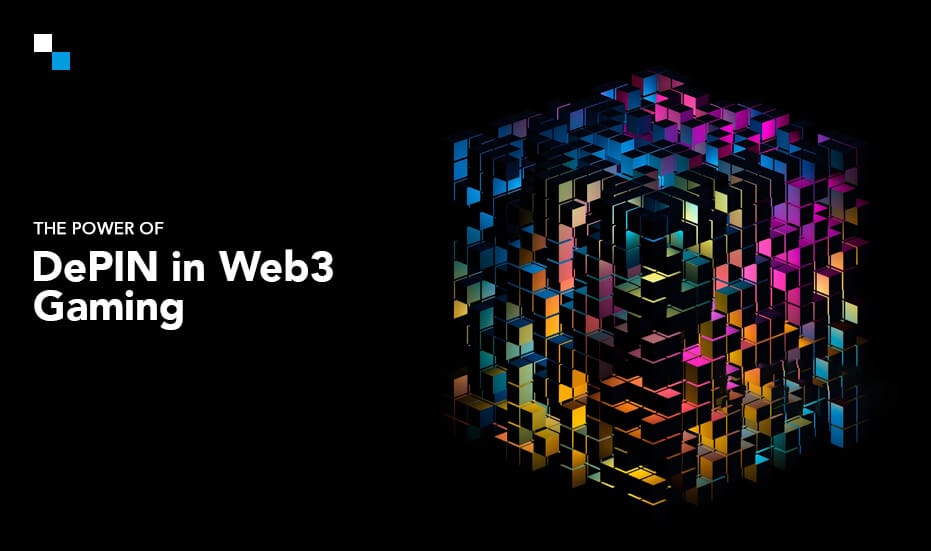
Smart Contract Audit Services: Ensure Security & Growth!
November 16, 2022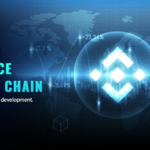
Why Binance Smart Chain is a Suitable Blockchain for Developing DeFi Projects?
November 18, 2022Table of Contents
Web3 in Education
Education and government need to explore topics at the intersection of learning technology and innovation challenges we have at scaling education. What if it could be better scaled and incentivize people to not only learn as 18-year-olds but to continue to learn their entire life?
Web3 development is going to do spectacles in education and learning. Web3 education platform will disrupt linear education and turn it into a lifelong education model. It has a lot of significance to the audience today, and they have already started exploring how web3 will impact education.
What is Web3?
Web3 is an era and a suite of tools where one can read on the internet, share information, and own data. The idea of digital scarcity in the early days of the internet was that you could just read a web page.
In Web2, you can share information on several social media platforms like Facebook, Instagram, Twitter, LinkedIn, etc. But the primary concern is that all these platforms work on centralized servers and possess all your personal and professional information. Few people might be okay with that as they enjoy the free services, but are they aware of how their data is being used and manipulated?
Web3 development empowers an individual to create contracts where one may get paid, for example, if they are an artist, or one can keep track of who owns a house or obtained a certificate at a university, so it’s this new era.
Role of Defi and DAOs in Web3 Education Development
DeFi (Decentralized Finance), in simple terms, is; if I can trust you, I don’t need a bank in the middle to be that authorized holder of the money.
DAO (Decentralized Autonomous Organization) is a new way to work and is like digital cooperation where the people who do the work can own the piece.
Essentially, this new idea of collaboration makes a significant impact on education. These are compelling concepts that talk about decentralization and autonomy, and ownership.
The organization model has always come together to organize managed communities, whether a corporation owns it or a DAO world where the community holds the organization.
Currently, education is following a similar path where the initial model is like one goes to a place and learns a thing from someone. Web2 is like Coursera, where one can take away time and place and study wherever they want; anyone can be a teacher.
Web3 education platform adds that one can take experiences from multiple places and put them together to get my class from Coursera, be an eagle scout, have an internship, and be recognized as one path.
It’s much harder to accept non-traditional experiences outside the classroom; this is what web3 can do: combine our experiences.
It is exciting to explore how we can help refugee communities support their education experiences; for example, if you are in Ukraine, you suddenly need help to call the registrar. So how do you give people ownership of what they’ve learned so that you go to an employer and show them that you’re skilled and whether that’s online or offline?
Hire Us To Start Your Web3 Education Platform
Schedule Free DemoWhy Decentralize Education?
The question arises, what challenges can Web3 Education platforms and technologies solve? People often put Web3 vis-a-vis traditional education, which is likely to have a significant impact.
- Advantage
The concept of decentralization and ownership still needs to be in the hands of the willing individual to share. For example, here’s my learning history, education or experience or projects or internship experiences, etc.The verifiable credentials and gathering experiences allow the user to show and validate the ones that need to get validated and then push those to the blockchain for verification.Higher education is relatively well trusted, but you know it’s estimated that around 20 percent of universities might close.
- Need of Web3 in Education
Now, what happens if your school no longer exists?What if you grew up in a place without education?What if you worked in a small company and no one trusted them outside your town?
Web3 education platform allows you to do atomized learning, and a micro-credential takes administrative work, so you aren’t going to get as small as you could.
- OpportunitiesOne of the most meaningful opportunities is that many people need education. For example, most Americans don’t have a college degree, and only seven percent of people worldwide have higher education from UNESCO. Something like 600 million students isn’t being educated well in their schools, and so there are a lot of people who need alternative models.
Web3 Education- Key Factors
Three key factors to be considered that show what web3 can brings to education are:
- Accessibility
Web3 education platform development will bring accessibility, so those people can access and credential their experiences and learning regardless of where they live. - Affordability
Web3 education will have new models where you may get paid while learning. You don’t have a lot of overhead of physical infrastructure that will lead to many changes, and decentralized finance could be a part of that. - Accreditation
Web3 education platform will unlock alternative experiences and show that they’re valid. For employers, this is exciting because you are limited by people who speak your language, maybe in your time zone, or you still need to go to a school you recognize. However, when one can trust that you have the skills, that gets compelling.
Eventually, Web3 education platforms allow us to have that trust without having someone in the middle with a stamp saying I approve that.
This platform is a good enough level for trustless coordination, so those three key factors are the solutions it brings.
Web3 Education – Critical Hesitations
Now, the question is, can we address the potential for abuse or misuse of any Web3 system when it comes to this kind of learning and challenges?
The abuse in the current system is great inflation and people lying about credentials, but the answer is there are going to be risks that we need to worry about at times.
The most significant change with web3 is that you are in control, so you have to take care of your information just like you would with your social security number.
You’ll not be able to call up a school if you lose your seed sprays, and they shut down your wallet. However, a lot of security is built into the system, so learning must come.
The solution with Web3 is transparency, where we can all see that there will be less misuse than in the current system.
Fortunately, Web3 can be composed or built upon remixing, so there’s a lot of potential where you’re not locked into one tool like Facebook or Google.
Web3 Education- Next five years
Our education system is built for industrial education and worked great, but a unique experience is needed now. For every single individual, when logging into Facebook, Amazon, or Netflix, it’s different for you than it is for me based on your taste and experiences, what you’ve watched, and what you’ve bought, and that’s how Web3 education should look.
Web3 technologies can enable us to start getting in that direction, and this is that vision to personalize education and create pathways.
Antier, an enterprise blockchain solution company, is well-equipped with a Web3 Education platform development team to build and deliver projects in this ecosystem. Web3 is the fortune of the education sector, and early bird benefit consistently pays.
